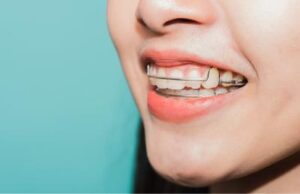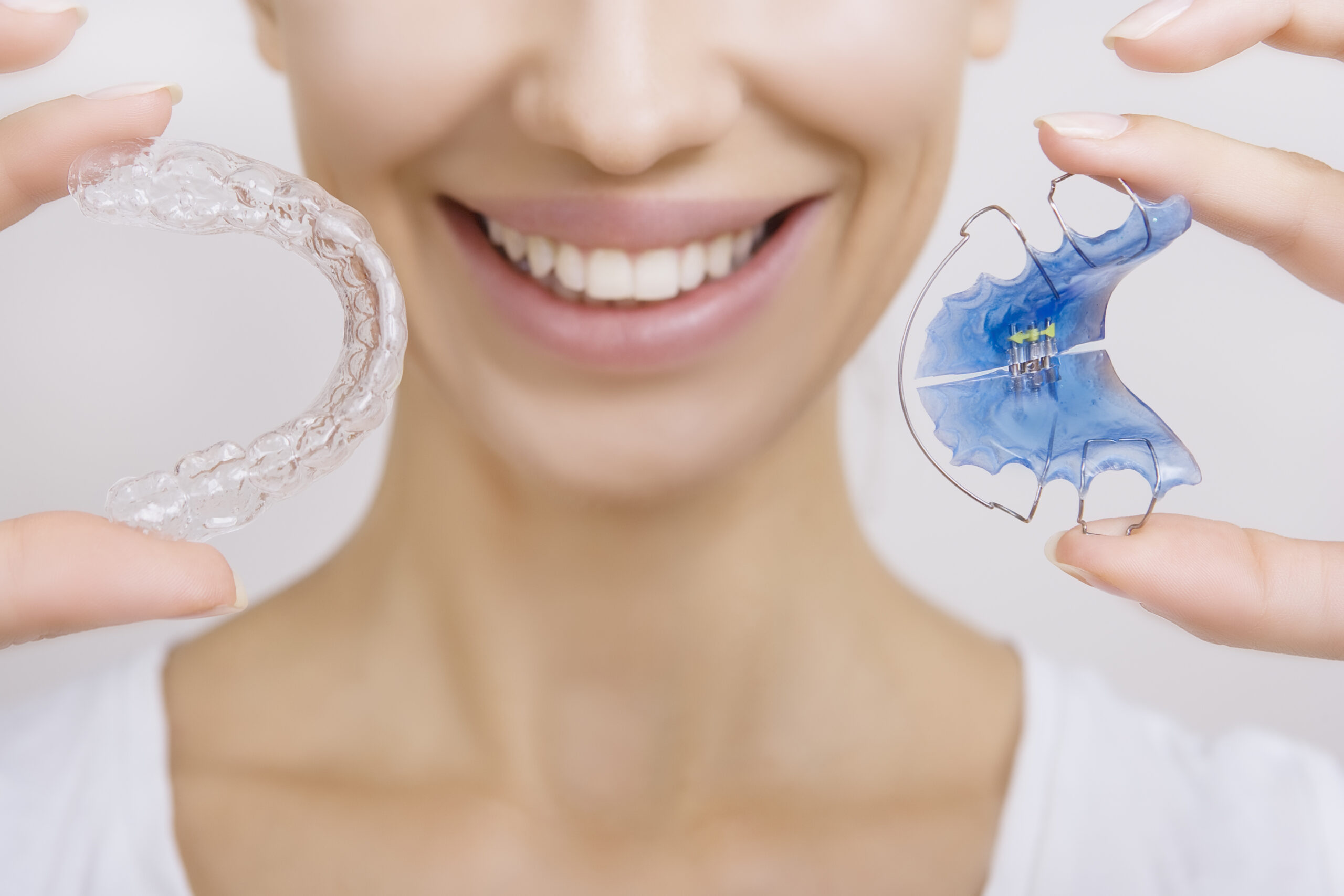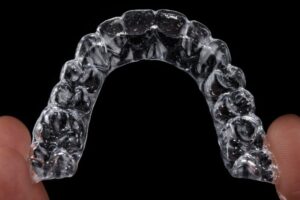Congratulations on completing your journey with braces! It’s a big milestone in achieving the smile you’ve been working towards. However, caring for your teeth doesn’t stop here. Retainers are your next step, and they play a crucial role in maintaining the alignment of your teeth post-braces. This guide will walk you through everything you need to know about retainers after braces, ensuring your smile stays perfect for years to come.
Types of Retainers
After braces, your orthodontist will recommend a retainer that best suits your dental needs. There are primarily three types of retainers used to maintain teeth alignment once braces are removed: Hawley, clear plastic, and permanent retainers. Each type comes with its own set of features and care instructions.
Hawley Retainers

Hawley retainers are made of metal wires and acrylic. They are durable and adjustable. The metal wires wrap around your teeth, while the acrylic is molded to fit the roof of your mouth or lie along the tongue side of your lower teeth. One of the advantages of Hawley retainers is that they can be adjusted to correct minor teeth movements that may occur after braces.
Clear Plastic Retainers
Clear plastic retainers, often known by brand names like Essix or Vivera, are made from transparent plastic, which makes them less noticeable than Hawley retainers. They fit snugly over your teeth and are virtually invisible when worn. Although they are aesthetically pleasing, they are not as durable as Hawley retainers and can wear out or crack if not handled carefully.
Permanent or Fixed Retainers
Permanent retainers consist of a thin wire bonded behind the teeth, usually the bottom front teeth, and sometimes the top. They are a great option for those who prefer not to worry about remembering to wear their retainer every night, as these retainers are glued in place. Regular dental hygiene, however, becomes more challenging, requiring careful cleaning around the wire to prevent plaque buildup and gum disease.
Why Wear Retainers
Wearing a retainer after braces is essential to ensuring that the time and effort you invested in aligning your teeth are not lost. Below are key reasons why wearing a retainer is crucial for maintaining your new smile:
Preventing Teeth Movement
After braces are removed, teeth can gradually start to shift back to their original positions—a process known as relapse. Retainers hold your teeth in their new alignment while the surrounding gums and bones adjust and strengthen around them. This stabilization is critical during the first few months after braces when the risk of shifting is highest.
Long-Term Oral Health
Maintaining well-aligned teeth not only contributes to a beautiful smile but also promotes better oral health. Aligned teeth are easier to clean, reducing the risk of cavities and gum disease. Furthermore, a correct bite helps reduce wear and tear on your teeth over time, preventing issues like enamel erosion and jaw pain.
Investment Protection
Orthodontic treatment is a significant investment in both time and money. Wearing your retainer as instructed by your orthodontist is the simplest way to protect that investment. Skipping on retainer use can lead to teeth shifting, which might require further orthodontic interventions to correct. Thus, consistent retainer use ensures that your smile remains as intended after the removal of braces.
Adhering to your retainer schedule and understanding its importance in your orthodontic journey can significantly impact the longevity of your treatment results. With a commitment to retainer use, you secure the benefits of your orthodontic treatment well into the future.
How to Care for Retainers
Proper care of your retainer extends its lifespan and ensures it remains effective in maintaining your dental alignment. Here are detailed tips on how to clean and store your retainer, along with advice on what to avoid to keep it in optimal condition.
Daily Cleaning

- Rinse and Brush: Every time you remove your retainer, rinse it under lukewarm water to remove saliva and loose particles. Use a soft-bristled toothbrush and non-abrasive toothpaste or mild soap to gently brush the entire retainer. This prevents plaque buildup that can harm both the retainer and your teeth.
- Deep Cleaning: Once a week, soak your retainer in a denture cleaner or a retainer cleaning solution. This helps to remove any stubborn deposits and keeps the retainer fresh. Avoid using hot water or harsh chemicals like bleach, as they can warp the retainer or degrade the material.
Storage Tips
- Proper Container: Always store your retainer in its designated case when not in use. This protects it from dirt and damage. Keep the case clean and ventilated to prevent bacterial growth.
- Avoid Heat: Do not leave your retainer in direct sunlight or a hot vehicle. Heat can deform the retainer, making it uncomfortable to wear or ineffective.
- Safekeeping: Place your retainer case in a safe, consistent spot. This reduces the risk of misplacing it or accidental damage.
What to Avoid
- Avoid Eating with Your Retainer: Unless instructed by your orthodontist, do not eat while wearing your retainer, as food particles can become trapped and lead to bacteria growth.
- Don’t Use Harsh Chemicals: Chemicals like alcohol-based solutions can damage the retainer’s material. Stick to recommended cleaning agents.
- Prevent Loss and Damage: Treat your retainer with care. Avoid wrapping it in a napkin or leaving it within reach of pets; both are common ways retainers are lost or damaged.
Taking care of your retainer through proper cleaning, storage, and handling ensures that it can continue to do its job effectively, keeping your smile straight and beautiful for years to come.
Common Issues and Solutions
Even with careful maintenance, you may encounter some common issues with your retainer. Understanding how to address these problems can help you manage them effectively and ensure your retainer remains in good condition. Here are some typical challenges and practical solutions:
Discomfort and Adjustment
It’s normal to feel some discomfort when you first start wearing a retainer. Usually, this discomfort is mild and temporary. If the discomfort persists, contact your orthodontist to ensure that the retainer fits properly.
Allow yourself some time to get used to the feeling of the retainer in your mouth. Practice speaking and swallowing with the retainer to speed up the adjustment process.
Lost or Broken Retainers
If you lose or break your retainer, contact your orthodontist immediately. A quick response can prevent your teeth from moving out of alignment.
While waiting for a replacement, your orthodontist might recommend wearing a previous retainer if available or providing a temporary one to prevent significant movement.
Managing Forgetfulness
Incorporate wearing your retainer into your daily routine. Consider setting reminders on your phone or placing your retainer case next to your toothbrush as a visual cue.
You may also inform family members or roommates about your retainer schedule so they can help remind you to wear it according to your orthodontist’s instructions.
FAQs
Having a retainer is a new experience for many, and naturally, it comes with questions. Here are answers to some frequently asked questions that can help ease your concerns and clarify your understanding about wearing and caring for your retainer:
How long do I need to wear my retainer?
The duration for which you need to wear your retainer varies depending on individual cases. Initially, you may need to wear it full-time for several months. After this period, your orthodontist might suggest wearing it only at night. It’s crucial to follow your orthodontist’s specific recommendations to maintain your treatment results.
Can I eat with my retainer on?
Generally, it’s advised to remove your retainer while eating. Eating with a retainer can trap food and bacteria, potentially leading to cavities and damaging the retainer. Always remove it during meals, clean both your teeth and retainer afterward, and store your retainer in its case while eating.
What do I do if my retainer feels tight or loose?
If your retainer feels unusually tight, it may indicate that your teeth have shifted slightly. Conversely, if the retainer feels too loose, it might not be providing the necessary support. In both cases, contact your orthodontist for an adjustment or evaluation. Do not attempt to adjust the retainer yourself, as this could cause further issues.
How often should I replace my retainer?
The lifespan of a retainer varies based on the type and how well it’s cared for. Hawley retainers can last many years with proper maintenance, while clear plastic retainers may need to be replaced more frequently due to wear and tear. Regularly inspect your retainer for any signs of damage and consult your orthodontist about when it should be replaced.
Trust Your Smile to Wildflower Orthodontics

At Wildflower Orthodontics, we believe every smile is a work of heart. Just like wildflowers, each of our patients is unique and beautiful. Our team, a family in spirit, is dedicated to making you feel at home and ensuring that you leave with a smile after every visit. With us, you’re not just another patient; you’re a valued member of our community.
We specialize in personalized orthodontic care, offering services like Invisalign, braces, retainers, and teeth whitening. Our focus on retainers after braces ensures that the beautiful smile we help you achieve will last a lifetime. We’re not just about straightening teeth; we’re here to boost your confidence and help you blossom into the person you’ve always wanted to be.
Choose Wildflower Orthodontics for your orthodontic care, where you’re treated like family, and your budget is respected just as much as your smile. Because here, you don’t just belong—you thrive. Book your appointment and visit us to see how we can help maintain your perfect smile with our expert retainer services.






